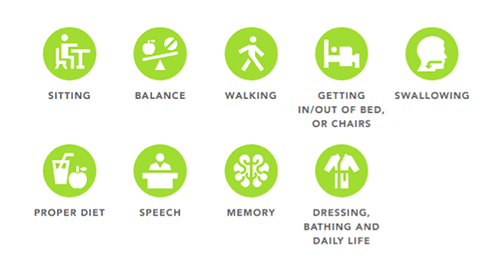
Stroke is an ailment that affects the blood vessels within and around the brain and leading to and from it
It is the fifth leading cause of death in the US and is also the most common cause of disability. A stroke happens when a blood vessel carrying oxygen and nutrients to the brain bursts or blocks (or simply falls out) because of a blockage, inflammation, or other complication. This can have many different consequences. Here are some of the most common causes of a stroke.
The most common type of stroke is caused by an obstruction to the blood vessels supplying the brain, such as a hole in the skull, a hole in the neck, a herniated spinal cord or a hole in the brain itself. There are also rare causes of a stroke such as a blow to the head which causes a break to the skull.
Some of the more common types of stroke include: occipital, basilar, intracerebral and subarachnoid. These types of strokes usually cause only mild or moderate symptoms, but their impact is life changing. A stroke can occur as a result of a blow or injury to the head that leads to a tear in a person's brain tissue, a buildup of scar tissue or a buildup of fluid. Sometimes the cause is still unknown, but most often it is due to damage to the inner lining of the brain.
Strokes can cause a wide range of symptoms, which can vary from person to person, but can be broadly classified according to the various causes of a stroke. Symptoms include: difficulty speaking or swallowing, or losing consciousness, a temporary loss of memory, loss of balance, weakness, problems with coordination, blurred vision, slurred speech, and a weak pulse. The symptoms should be evaluated by a doctor to determine what the condition is and how long it will take to recover. Once you have the diagnosis, you may be given medication to alleviate the symptoms and the cause of your stroke. A stroke can be treated in one of several ways.
Stroke rehabilitation involves the use of medication or devices to help patients regain their ability to move. They also may be trained to perform certain tasks such as feeding themselves or bathing. Patients who have a mild stroke may not require any type of rehabilitation, but those with severe strokes may need to wear a splint or have a cane or walk on a step lift for the rest of their lives. Rehabilitation may also involve occupational therapy, in which patients learn new activities like using a wheelchair or using a computer.

Many people suffer from short-term complications after their stroke. Common complications include
Long-term complications of a stroke include:
- A number of strokes can lead to serious problems or disability later in life. Common complications of a stroke include: chronic pain in the limbs or face; Limb amputation; Death from cardiovascular disease; and brain damage (from irreversible brain injury). These complications are known as stroke complications.
- Most states require that all hospitals and other facilities that have stroke rehabilitation centers have a policy to reduce complications. This means that centers must have programs to educate patients, staff, carers, and family members about preventive and therapeutic interventions that will reduce the risk of further strokes in patients and their families.
- The most common form of stroke rehabilitation is a combination of treatment, education, and therapy. Most hospitals offer three components of care and education together.
Rehabilitation programs can include exercise and speech therapist www.grandu.co.th. They can be adapted to help people regain balance, coordination, vision, language, cognitive and emotional skills. Rehabilitation services can also include occupational therapy.